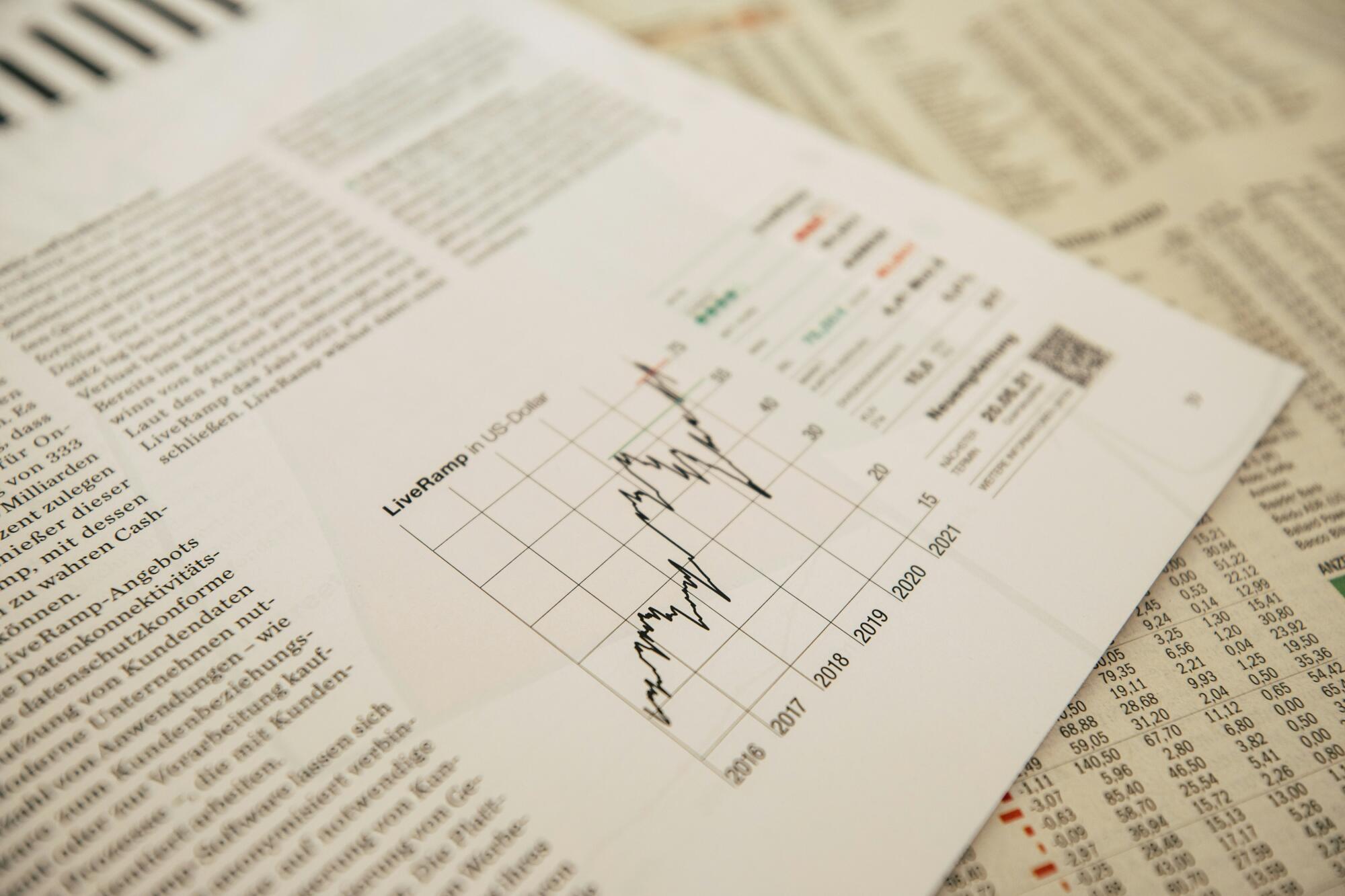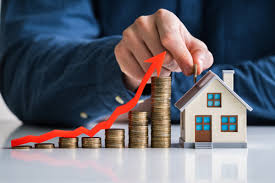The real estate market is always evolving. So if you’re an investor, you are constantly looking for ways to capitalize on new opportunities. You always stay ahead of the competition.
So in this article, we’re going to take a look at the trends and predictions we have for the real estate market. We’ll discuss emerging markets, new technologies, and changing consumer preferences in the residential property market.
Let’s dive in!
Smart Homes Are Becoming the Norm
The integration of technology in homes has been on the rise. This trend shows no signs of slowing down.
This is because smart homes offer state-of-the-art features. They have voice-activated assistants, remote-controlled thermostats, and automated lighting systems.
These features make life easier for homeowners. They also increase the value of their real estate investment.
Sustainability and Green Living
Eco-friendly living is no longer just a niche market. There is now growing awareness about climate change and environmental sustainability. This is why homeowners and residential purchase investors are prioritizing green living.
This shift is reflected in the demand for energy-efficient appliances. Many investors are now looking for homes with solar panels and sustainable building materials.
It’s great though. This means that property investment in green homes helps the environment. They can also lead to significant cost savings in the long run.
So you can expect that future home listings will increasingly highlight these green features. After all, they are what attracts environmentally conscious buyers.
Urbanization and Mixed-Use Developments
In recent years, there has been a surge in urbanization. People are choosing to live closer to city centers for the convenience and amenities that come with it.
This trend has also led to an increase in mixed-use developments. These are properties that combine residential, commercial, and retail spaces in one building or complex.
These types of developments provide everything a person needs within walking distance. They also promote a sense of community and reduce carbon emissions from daily commutes.
The Rise of Co-Living Spaces
With the rising cost of living and housing, many people are turning to co-living arrangements. This is especially popular among young professionals and students.
Co-living spaces offer private bedrooms. However, they have shared common areas such as kitchens and living rooms. They also often come with amenities like cleaning services and social events.
This trend is appealing to investors. This is because it offers a higher return on investment compared to traditional rentals.
The Shift Towards Suburban Living
Many city homeowners are also selling their houses in cities and moving to suburbs. This is due to the lower cost of living, larger properties, and a desire for more space.
This trend is expected to continue as remote work becomes more common. People are realizing they can live outside of cities and still have access to job opportunities.
For example, a couple may sell their home to home cash buyers like https://www.jeffbuysyourhouse.com/ to quickly and easily move to the suburbs. This is because they no longer need to commute to a physical office.
A Residential Property Is Still a Sound Investment
Despite all the changes and trends in the real estate market, one thing remains constant. Investing in a residential property is still a smart decision. People will always need a place to live, whether it’s in a city or suburb, high-tech or eco-friendly.
So keep an eye out for these trends. Be ready to capitalize on new opportunities in the ever-changing real estate market.
Did you find this article helpful? If so, check out the rest of our site for more.





Be First to Comment